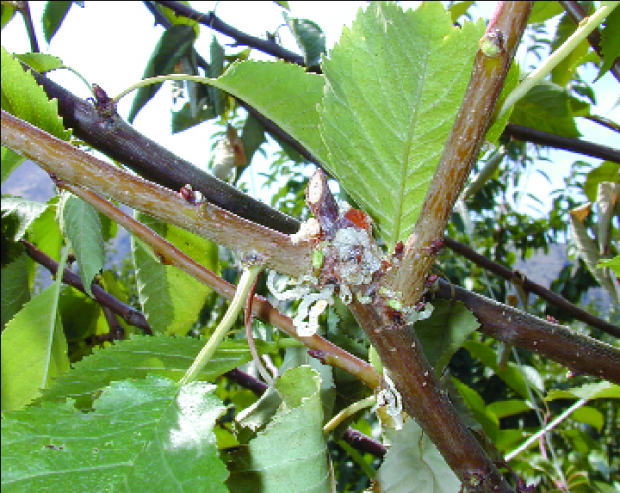
Sap oozes from this young tree that has been attacked by shothole borers. It is thought that the borers might introduce a fungus into the tree that plugs the sap and makes the tree a suitable host to reproduce in.
(Mike Doerr/Good Fruit Grower)
If you’re finding shothole borers attacking trees in a healthy cherry orchard, there’s probably a source of infestation close by where the beetles are reproducing, Washington State University entomologist Mike Doerr said at the North Central Washington Stone Fruit Day. Shothole borer beetles make holes in the bark and burrow underneath. The female constructs a maternal chamber in the wood’s cambium layer large enough to accommodate about 50 eggs.
When the larvae hatch from the eggs, they begin to excavate small galleries out from the chamber. After the larvae construct their galleries, they pupate, emerge as adults, and burrow their way out through individual holes in the bark, which gives the wood or tree the appearance of being targeted with a shotgun, hence the insect’s name. It’s difficult for shothole borers to reproduce in green wood that has lots of sap, Doerr said. Their prime host for reproducing is wood that has been cut out or trees that have been pushed out within the past year. Older decaying wood tends to be infested by other insects, such as powder-post beetles.
Hosts
Hosts Nearby brush piles and burn piles are the most common sources of infestations in orchards. Once the beetles emerge from their host material, they will attack live cherry trees, particularly if they are neglected, stressed, or in low vigor. Doerr said they will also attack apple and pear trees, but young cherry trees seem more sensitive to shothole borer attacks. Adults enter live trees at the base of shoot buds, probably in an attempt to colonize the trees. Repeated attacks can weaken the tree and eventually inhibit sap flow, making it a suitable host for them to reproduce in. Shothole borers overwinter as larvae.
They pupate in the spring as the weather begins to warm, and start to emerge as adults at about the same time as full bloom on Red Delicious. Emergence continues through May and June. Doerr said entomologists are not sure when eggs are laid, though egg laying probably takes place over an extended period, also. The insect has two generations. Second-generation adults emerge in July and August, and these are the beetles that are usually causing problems in orchards, he said.
Control strategy
Trying to target the second generation of shothole borer with pesticides is not the best control strategy, Doerr said. Traditional pesticides, such as Guthion (azinphos-methyl), Malathion, and Thiodan (endosulfan), will kill the insect but have a short residual effect. Doerr said it appears that the neonicotinyls, Asana (esfenvalerate), Actara (thiomethoxam), and Assail (acetamiprid), also appear to be effective, but they, too, have a short residual effect. Nor is biological control feasible. Scientists have found that up to 50 percent of the larvae are parasitized, but the borers produce so many offspring that it doesn’t have much impact.
Dead wood
The best way to control shothole borer—and any other bark beetle—is to cut out weak branches and remove all dead wood, including prunings, from in and around the orchard. At one healthy cherry orchard that had a high shothole borer infestation, despite pesticide applications, the source was a wood pile to which new prunings were added each year. Damage was eliminated by removing all weakened or damaged branches in the trees and removing the wood pile. Ambrosia beetles are also found in wood piles and are active throughout the growing season but are not a problem in live trees, Doerr said.

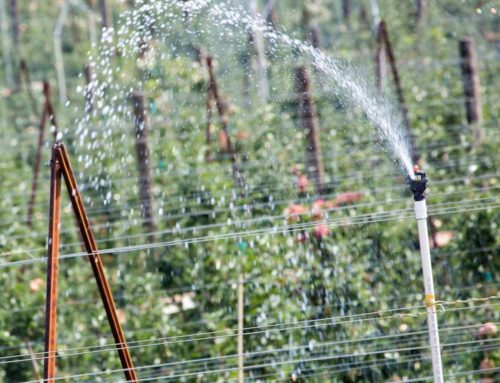
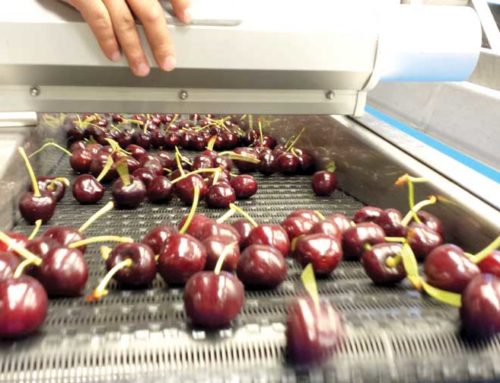
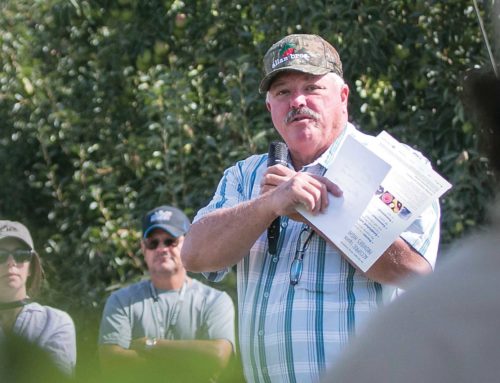
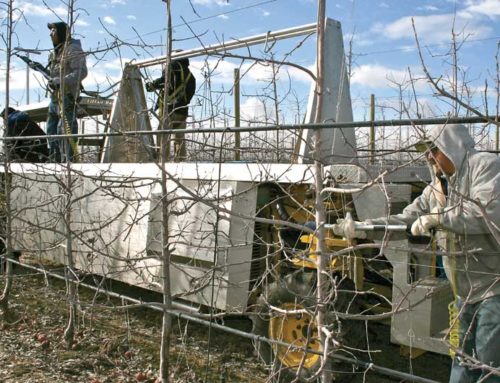
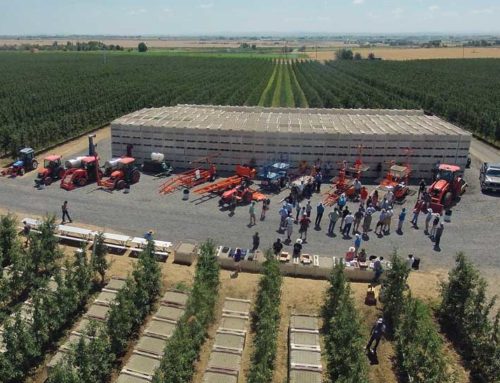
Leave A Comment